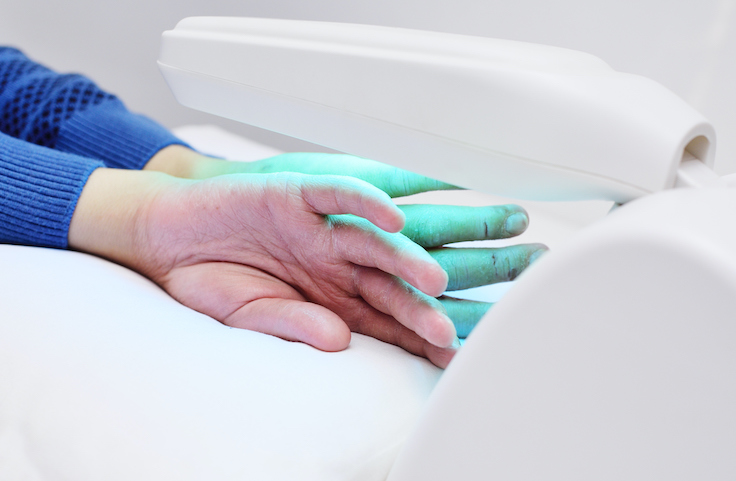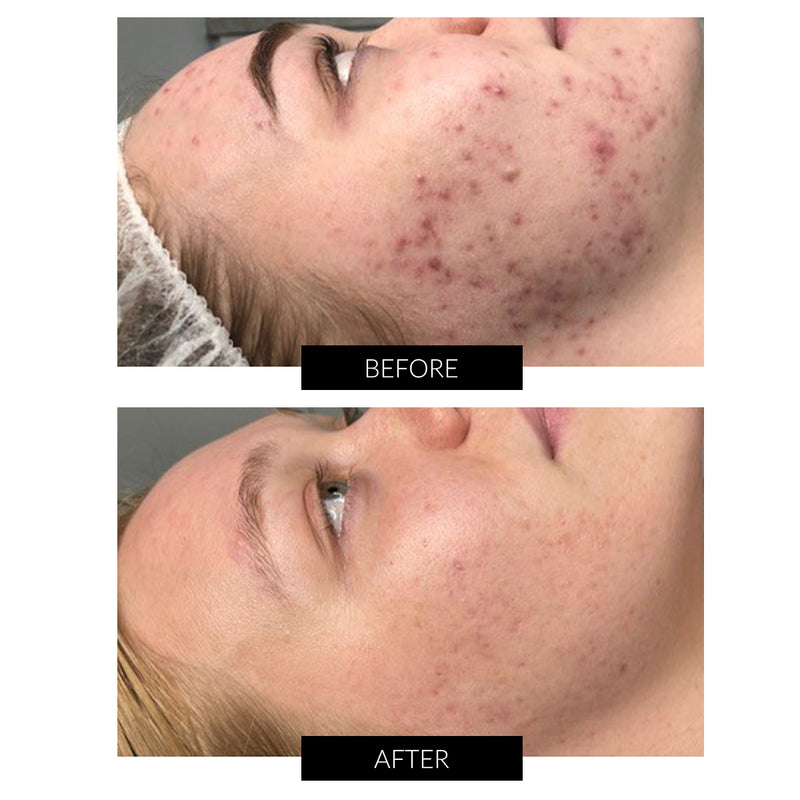PBM Light Therapy: Shedding Light on Recovery and Health
Wiki Article
Opening the Potential of Photobiomodulation: A Promising Technique for Healing Treatment
Are you interested about the capacity of photobiomodulation for healing treatment? Imagine a situation where an individual dealing with chronic pain finds relief with a non-invasive therapy that makes use of light. This is specifically what photobiomodulation offers. It is an appealing technique that uses the power of light to stimulate recovery and minimize inflammation in numerous clinical conditions. By targeting details cellular procedures, photobiomodulation has shown prospective in speeding up injury recovery, reducing pain, and advertising cells regeneration. In this introduction, we will discover the mechanisms of action, applications in medication, and the existing proof sustaining the efficiency of photobiomodulation. In addition, we will talk about future directions and possible obstacles in opening its complete capacity as a therapeutic treatment.Comprehending Photobiomodulation
To understand photobiomodulation, you need to realize the principle of just how light treatment can directly influence cellular procedures in your body. Photobiomodulation, additionally understood as low-level light treatment, is a non-invasive therapy that makes use of particular wavelengths of light to stimulate biochemical responses in your cells. When exposed to these light wavelengths, your cells soak up the energy and transform it into mobile energy, recognized as adenosine triphosphate (ATP) This boost in ATP production causes a cascade of mobile reactions, consisting of improved metabolism, improved blood circulation, and raised production of collagen and various other proteins.The restorative results of photobiomodulation are significant and have actually been studied thoroughly in various medical areas. It has actually shown encouraging results in promoting cells repair and regeneration, lowering inflammation, alleviating pain, and boosting wound healing. Photobiomodulation has been located to have a favorable influence on neurological problems, such as traumatic mind injury and stroke, by boosting neural activity and promoting neuroplasticity.
One of the essential benefits of photobiomodulation is its safety and security profile. Unlike other therapies, photobiomodulation does not create any warm or trigger tissue damage. It is a non-invasive and pain-free procedure that can be executed in a clinical setup or perhaps in the convenience of your very own home with making use of mobile tools. It is crucial to keep in mind that photobiomodulation should be provided by skilled professionals or according to the manufacturer's guidelines to make sure ideal results and safety.

Mechanisms of Activity
In recognizing the mechanisms of action, you will certainly discover how photobiomodulation straight influences mobile processes via specific biochemical responses. When light is applied to the body, it is soaked up by chromophores, such as cytochrome c oxidase and flavins, which exist in the mitochondria. This absorption brings about a waterfall of events that ultimately result in cellular adjustments.Photobiomodulation boosts the activity of cytochrome c oxidase, a vital enzyme in the mitochondria that is entailed in the electron transport chain. As an outcome, mobile metabolism is boosted, promoting tissue fixing and regeneration.
Moreover, photobiomodulation has been shown to modulate mobile signaling paths. It turns on numerous growth factors and indicating molecules, such as nitric oxide and reactive oxygen varieties, which play vital roles in procedures like cell, swelling, and angiogenesis spreading. These signaling paths contribute to the healing effects of photobiomodulation, advertising cells recovery and lowering discomfort pbm light therapy and inflammation.
Applications in Medicine
Discover the varied applications of photobiomodulation in medicine. Photobiomodulation, likewise referred to as low-level light treatment, is a non-invasive treatment that makes use of light to stimulate mobile processes and promote recovery. In medicine, this technique has shown appealing results throughout different fields.Among the main applications of photobiomodulation is in discomfort management. photobiomodulation therapy. It has been used to relieve both persistent and acute discomfort, including bone and joint problems, neuropathic pain, and post-operative pain. By targeting the affected location with specific wavelengths of light, photobiomodulation can minimize inflammation, promote tissue repair work, and supply alleviation
Additionally, photobiomodulation has actually shown possible in wound healing. It can speed up the healing procedure by improving cell expansion, promoting angiogenesis, and reducing scar cells development. This has considerable ramifications in the therapy of chronic injuries, such as diabetic ulcers and pressure sores.
In dermatology, photobiomodulation has actually been made use of for its anti-inflammatory and regenerative results. It can boost the look of marks, reduce acne lesions, and boost hair development in problems like androgenetic alopecia.
Moreover, photobiomodulation has revealed guarantee in neurorehabilitation. It can enhance cognitive function, enhance electric motor recovery, and aid in the therapy of neurodegenerative illness like Alzheimer's and Parkinson's.
Scientific Proof and Study Searchings For

In the field of musculoskeletal conditions, photobiomodulation has actually been found to lower discomfort and swelling, improve array of movement, and increase cells repair. Research studies have actually demonstrated its effectiveness in treating problems such as osteo arthritis, tendinopathies, and muscular tissue strains. Additionally, photobiomodulation has shown positive results on wound recovery by advertising collagen angiogenesis, synthesis, and fibroblast proliferation. This makes it a valuable device in the administration of persistent injuries, diabetic ulcers, and surgical lacerations.
In addition, study has actually shown that photobiomodulation can have neuroprotective and neuroregenerative impacts. It has been found to improve cognitive function, decrease neuroinflammation, and improve neuronal survival and synaptic plasticity. This has important ramifications for the therapy of neurological conditions such as Alzheimer's illness, Parkinson's condition, and stroke.
Future Instructions and Potential Difficulties
Relocating ahead, it is vital to consider the future instructions and possible obstacles bordering the use of photobiomodulation as a restorative intervention. Presently, there is no consensus on the optimal wavelength, strength, period, and regularity of photobiomodulation therapy.Another crucial future direction is the development of portable and cost-efficient photobiomodulation devices. While present devices work, they are commonly large, expensive, and need professional supervision - pbm therapy. The advancement of budget friendly and easy to use devices would considerably improve availability to this treatment, permitting even more individuals to take advantage of its potential therapeutic results
Additionally, future research ought to concentrate on illuminating the devices underlying photobiomodulation. Regardless of its growing appeal, the exact systems through which photobiomodulation applies its therapeutic results are not totally recognized. Understanding these devices would certainly not just improve our understanding of the therapy however also aid in the advancement of even more targeted and effective treatments.
Nonetheless, there are likewise prospective difficulties that need to be dealt with. photobiomodulation therapy. These consist of the demand for standard procedures, the demand for well-designed professional tests with larger sample dimensions, and the need for lasting follow-up researches. Regulative and safety and security factors to consider must be taken into account to ensure the reliable and risk-free usage of photobiomodulation in professional method.
Final Thought
In final thought, photobiomodulation holds excellent assurance as a healing intervention in medication. With recurring research studies and innovations in this field, photobiomodulation has the prospective to open new opportunities for boosting person end results.Are you curious regarding the potential of photobiomodulation for therapeutic treatment? By targeting specific cellular procedures, photobiomodulation has actually revealed prospective in increasing wound recovery, decreasing discomfort, and advertising cells regeneration.Furthermore, photobiomodulation has revealed potential in injury healing.Moving onward, it is crucial to think about the future instructions and potential obstacles surrounding the usage of photobiomodulation as a restorative treatment. With continuous research studies and improvements in this area, photobiomodulation has the prospective to open new possibilities for boosting client results.
Report this wiki page